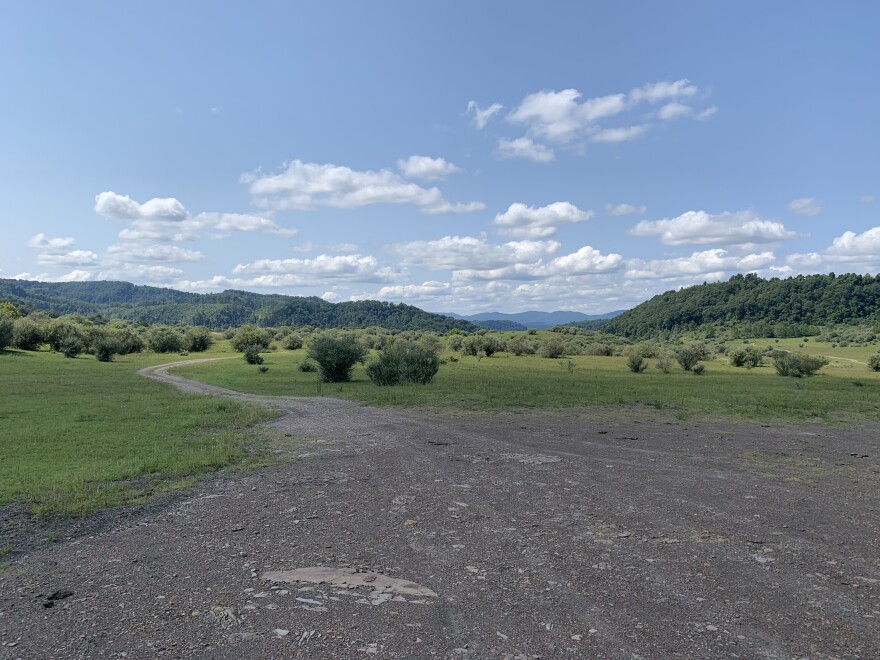Southwestern Virginia has a long history of coal mining, but its energy future is a work in progress. A pilot project is underway to transform former coal mines into six, solar electricity plants, in the central Appalachian coalfields.
The Nature Conservancy has been acquiring land to build the solar installations in the Cumberland Forest, a quarter million acres comprising parts of Virginia, Kentucky and Tennessee. The goal is to prove it’s possible to build solar arrays on land once mined for coal. But the bottom line for the Conservancy is these projects are to benefit people in the region without harming the forest.
“While the majority of the Cumberland Forest properties are in a forested condition,” says Brad Kreps. "We are not interested in putting solar projects on areas that have forests.”
Kreps is Director of TNC’s Clinch Valley Program, to bring solar to the forest. “This concept of really being smart about how we site renewables on previously disturbed lands like former coal mines, brownfields, and other places is a big part of how the nature Conservancy is trying to approach the expansion of renewable energy.”
It's no easy task, and it’s been long talked about.
Danny Van Clief is CEO of Sun Tribe, a solar company based in Charlottesville, which is building the arrays along with D.C Based Sol Systems, is following several guidelines important to preserving the forest.
He says their siting for locations process is well underway. “And that was a part of our initial proposal to The Nature Conservancy, conducting a review of the Cumberland Forest, looking for sites, we felt were suitable for solar, and that The Nature Conservancy also felt, did not conflict with their goals for the property holdings, such as, forestry and recreation.”
Van Clief credits state lawmakers with paving the way for solar, by passing the Virginia Clean Economy act. The law outlines conditions and offers incentives to stimulate solar investment and development. But there are still challenges when it comes to solar – anywhere, not just abandoned mine land sites.
“Well, solar is still an intermittent resource, so it's a component of our nation's energy mix going forward.” At the moment solar electricity makes for just 3% of the energy production in the U.S. But, says Van Clief, solar has ranked first or second in new electric capacity additions in this country each of the last eight years, including the 2020. It was 43% of all new electric capacity added to the grid. "But, unless it is paired with battery storage, solar does remain an intermittent resource, which means it's not dispatchable. It cannot be called upon when the sun is not shining."
Van Clief ‘s proof of concept on the coal to solar project is expected to take 2 to 3 years to complete.
Meantime, the Conservancy is working on what it calls, the Community Benefit Plan, Kreps says it’s really the heart of the project and that it’s about more than clean energy.
It’s about “positive economic outcomes locally. We're excited to be contributing, we hope, to the region's future economic diversification through these projects,” says the Nature Conservancy’s Brad Kreps.
“You know, thinking about bringing solar energy to central Appalachia for the Nature Conservancy, it's about nature and people. We have a chance, if we can be successful, we can show that former mine sites can become repurposed for future sites for renewable energy diversifying the way we do that.
If this coal to solar project is completed, it would be the first utility-scale solar system built in the Central Appalachian coalfields."


